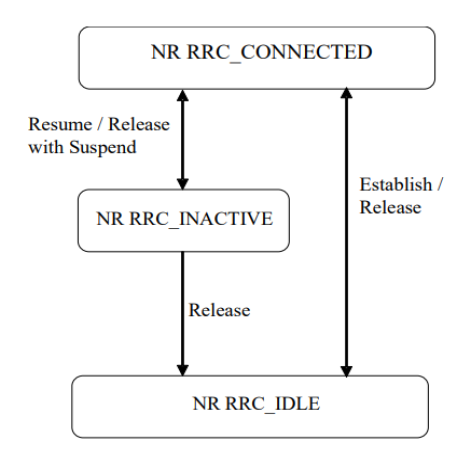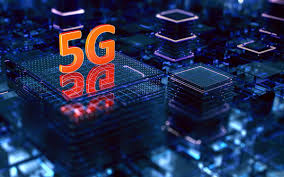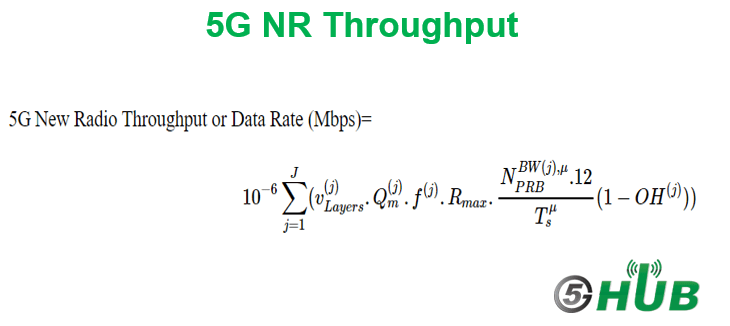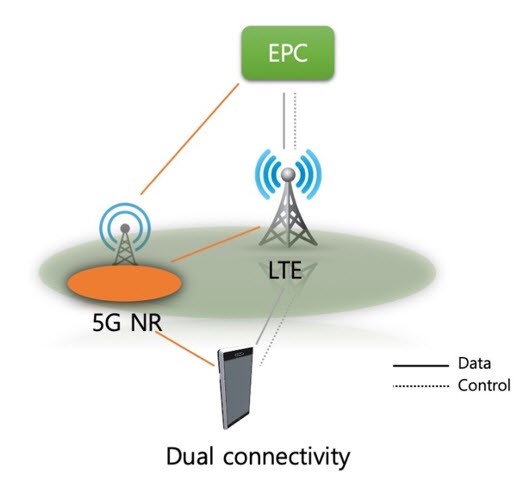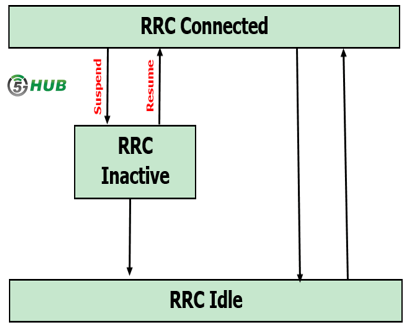Network functions virtualization (NFV) is a networking framework which aims at implementing network features via software and virtual machines to facilitate the large traffic volume of 5G network servers. 5G NFV uses virtualization technologies for all categories of network node operations on building blocks that can be connected to create advanced communication services. NFV is based on traditional server-virtualization techniques, ie, the separation of a physical server for multiple smaller virtual servers, however, with the help of virtualization software.
An NFV operation may consist of one or more virtual machines. These machines perform different processes each, together with high-capacity servers, switches, storage devices as well as cloud computing devices.
The need for NFV
In recent years the users demand more flexible services with higher data rates. As a result, Service Providers need to acquire and install new network equipment that requires additional costs. Furthermore, they need to constantly train and improve the capabilities of their technical personnel to handle this interchanging environment.
All of the above leads to higher CapEx and OpEx for Operators, especially with the development of the new 5G networks. There is also a constant need for an increase in the quality of 5G services which results in an increased number of physical machines and connections. At the same time, there is no guarantee for a larger number of 5G subscribers, at least for the next couple of years, which makes 5G investment quite challenging.
The idea for the 5G NFV comes from service providers who have sought smart ways to speed up the development of new network services while supporting revenue and growth goals. Hardware-based device constraints have currently led to slow growth of virtualization technologies in their networks.
NFV functionality
The main idea of NFV is based on the separation of network equipment (physical devices) from the functions they perform. This means that a specific network function, such as a firewall, can be provided to a company as software and not as a physical entity. In this way, we can have a multitude of virtual functions called VNF (Virtual Network Functions), which can run at any time as software within a server. This means that there is no longer the need to buy and install additional hardware. NFV, therefore, promises that telecommunication services providers will have more opportunities for flexibility, reduced costs, and faster speed in the services they provide.
In order to achieve the above results, the following changes should be made compared to traditional networks:
• Software separation from hardware: When network components are not a combination of software and hardware, it is much easier to develop both independently of each other.
• Flexible network deployment: Independent hardware and software help to run network functions at different times. This allows the network to provide its services faster through the same physical infrastructure.
• Dynamic Scaling: Separating Network Functions in separate pieces of software provide great flexibility to scale performance of the VNF more dynamically when needed.
NFV architecture
The NFV architecture consists of 3 main elements: NFVI (NFV Infrastructure), VNFs (Virtual Network Functions), and the NFV MANO (Management and Orchestration) function.
NFVI is the combination of software and hardware resources that creates the environment in which VNFs are deployed. Natural resources include unique material, storage space, as well as the network infrastructure that provides the right connection and processing power to VNFs. NFVI uses a layer for virtualization that separates virtual from physical resources based on computing, storage, and network resources design.
VNFs are software applications of network functions such as routers, firewalls, etc. These are functional blocks with specific behavior within the network infrastructure. VNF is the result of applying one function network (NF) developed using virtual resources. Telecom operators provide services consisting of multiple NFs that are virtualized and deployed in virtual sources such as a VM (Virtual Machine). The great advantage with this method is that the end-user cannot notice any significant difference to the services provided to them, i.e., which functions run on physical infrastructure and which run on virtual machines.
NFV MANO provides the functionality required for VNF allocation, for configuration of the VNFs and the structures running on them. It also takes care of the orchestration, i.e., the automated layout, coordination, and management of the natural resources that help the virtualization of the network structure. Furthermore, the VNF MANO also manages the VNF lifecycle. More generally, it focuses on issues that
they concern virtualization.
NFV advantages for 5G networks
The use of 5G NFV can offer significant advantages to 5G operators, such as:
CapEx reduction: Reduces the need for hardware purchase and supports the pay-as-you-grow concept to avoid unnecessary expenses for 5G development.
OpEx reduction: Reduces the need for space, power, and cooling equipment, thus simplifying the development and management of 5G services.
Time-to-Market acceleration: Reduces the time to develop new networking services, by exploiting new market opportunities, and improving the efficiency of investment in new 5G services. It also reduces the risks of introducing new services in the network by allowing providers to quickly test and develop services to determine which one suits best the customer needs.
Speed and flexibility: Quick service escalation for addressing changing demands. There is also support innovation by allowing software services to be provided any industrial server equipment.
Automation: The NFV platform can provide the framework on which 5G SDN (Software-defined networking) will be implemented.




